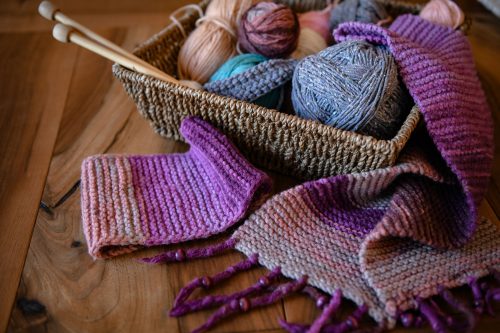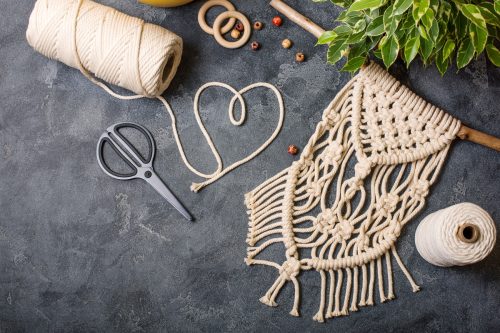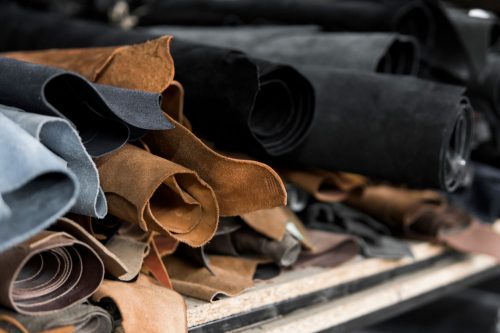The handmade garment is making a huge comeback and starting to dominate markets. Have you ever looked at individually sewn items and wondered how someone was able to create them? We've researched how long it takes to learn sewing to find the answer for you.
With the right amount of time and dedication, it can take between 2-3 weeks to become comfortable with sewing. Learning how to sew is a slow process that requires patience as mistakes are bound to happen. No matter where you're at in life, sewing can be learned relatively easily.
The satisfaction of sewing something on your own is unbeatable. Sewing can come in handy for multiple situations and even save you money over time. Keep reading to find out what goes into learning how to sew and tips to get you started!
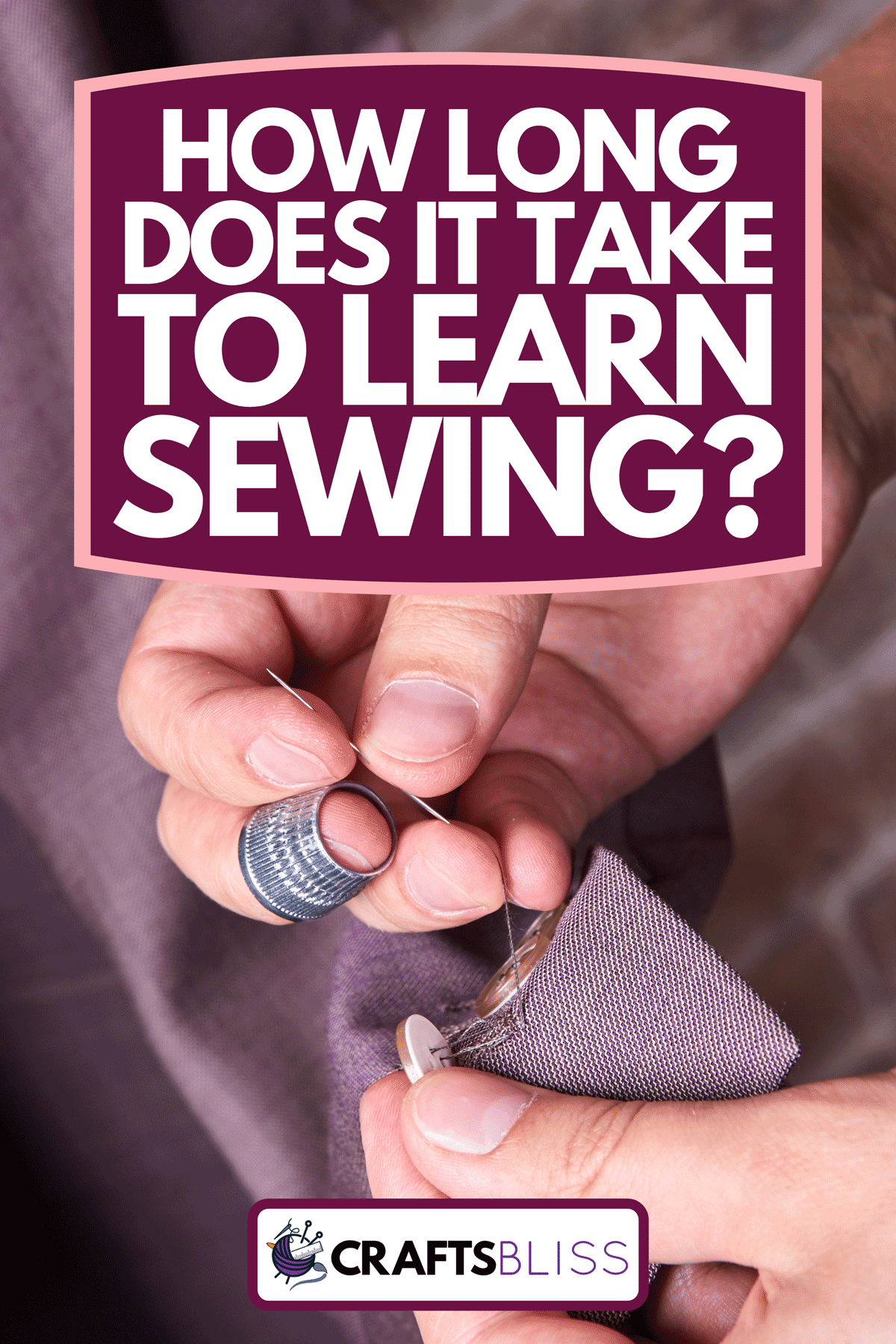
What do I need to learn to sew?
There are two methods of sewing, hand sewing or machine sewing. Hand sewing will take you longer but gives you more hands-on experience. Machine sewing will be faster; however, mistakes can happen more often if you go too quickly. Both techniques require more or less the same materials to begin.
You'll need sharp needles for a sewing machine to replace any current dull ones along with thread, bobbins, pins, large and small fabric sheers, a tape measure, and an iron. For projects that require a pattern, such as a shirt, you'll need to have that printed and cut to size. Fabric chalk will also come in handy, so you don't have to work around the paper patterns.
Hand sewing can include many sizes of needles, depending on what sort of fabric you're working with. Pins, thread, and the like will be needed, just like with the machine. When hand sewing, you have the advantage of getting smaller areas that are too delicate for a machine to reach.
Click here to see these bobbins for Brother machines.
Is sewing hard to learn?
Sewing is a very individualist process. If you have patience and are open to running into roadblocks, it doesn't have to be complicated. On the other hand, if you jump into trying to make a ballgown right off the bat, it's going to end up being difficult. A helping factor in learning to sew is having good eye-to-hand coordination.
With the advances of sewing machines, you'll be able to customize your journey to your skill level. Stitch types are built-in, plus you can often control what speed to have the needle going at. Of course, hand sewing is the basis of this art and can help you appreciate working with a machine more.
Start small! Watch some youtube videos on the basics, like sewing a button back on. Then move on to other beginning projects such as ">a tote bag, ">a pillowcase, or a pencil case. After you've done several items over and over again, you start to find your strongest and weakest spots.
What basic stitches do you need for hand sewing?
Before getting to the stitches, practice threading your needles and learning how to knot the end of the thread. In general, there are a handful of stitches most found in hand sewing. These include the cross-stitch, the whipstitch, the running stitch, the ladder stitch, and then backstitch. Each has its challenges to overcome, but the more advanced stitches will be painless once you learn them.
Ladder Stitch
One of the more valuable stitches is the Ladder Stitch, often referred to as the "blind stitch." This stitch is used to create inviable seams and is excellent for hiding seams. On the opposite end is the Blanket Stitch. An example of this stitch would be the decorative edging seen on fleece blankets. It is typically a thicker thread used to strengthen the edges of items.
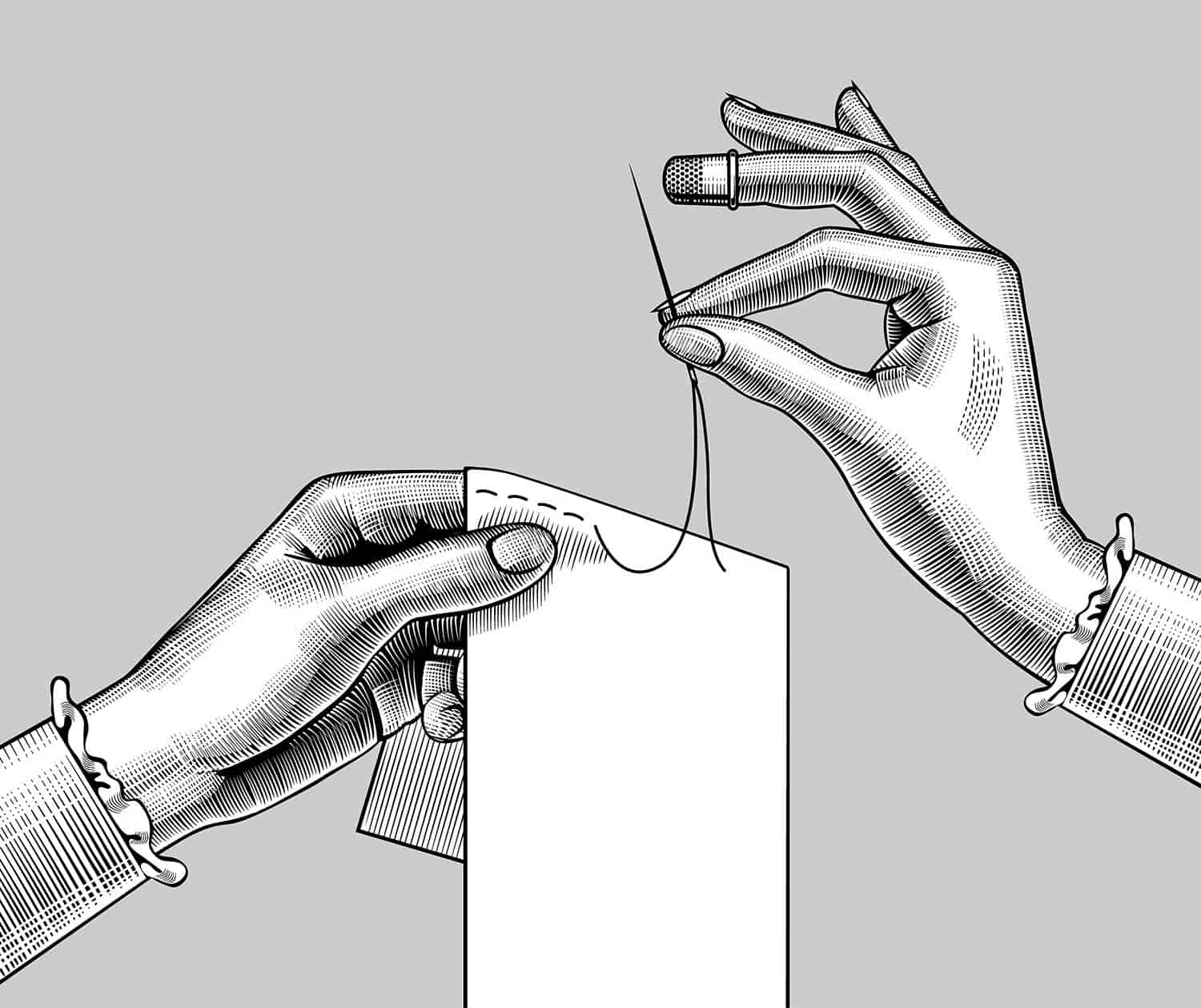
Cross Stitch
Next is the Cross Stitch, which appears as a series of X's in a uniformed pattern. Cross Stitches give you a bit of flexibility and thus are most often used to adorn linens. Another easy one to pick us is the Whip Stitch. This stitch can be used to fasten patches onto surfaces while leaving a clean hemline.
Running and Back Stitches
The last two are the Running and Back Stitch. A Running stitch is a visible thread with even spacing in between. It is considered a basic altering seam for light fabrics. Finally, while it is very similar to the Running stitch, the Back Stitch doubles back over the stitch to hide the visible spaces. Back stitches are preferred in cases when the fabric needs to be permanently fastened together.
Can I sew without a pattern?
A pattern is a convenient tool to use if you're making something more complex. As you start out creating smaller objects, then a pattern is not necessary. However, once you're ready to move on making a particular style of clothing or other garments, a pattern is going to save you a lot of trouble.
Think of a pattern as a template. It is there to aid you in where to start. Patterns will tell you how many cuts are needed, at what size, and how to piece them together. Using your fabric chalk, outline the pattern onto the fabric to save yourself the hassle of trying to sew around the paper.
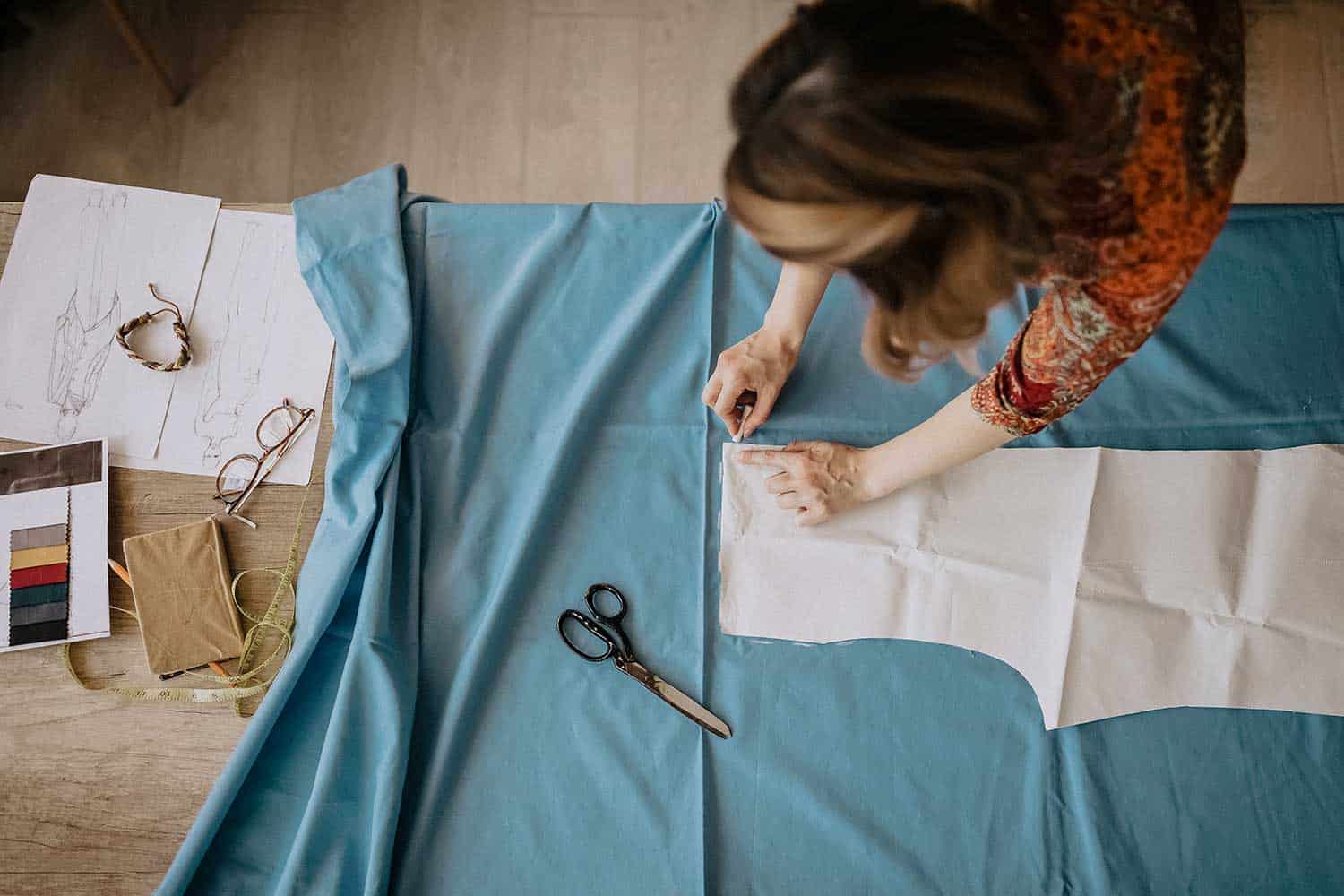
At what age should you start sewing?
Learning to sew as early as possible, around the ages of 6-9, can be easiest as a child's mind can absorb information much quicker. But don't let that stop you from learning later on in life! Sewing is a craft that can be learned at any age and by anyone. Starting the process younger will assure your skill only grows as you get older and can save you money.
Letting go of your favorite clothes can be hard when you see them starting to fall apart. Having the knowledge of sewing under your belt can bring comfort, knowing you'll be able to fix them. Small holes, clothes that have gotten too big, or pants you want to turn into shorts. Plus, you'll never need to worry about what to do if you lose a button.
How long does it take to sew a shirt?
Let's take into consideration what goes into sewing a shirt. First, find a pattern for the shirt you want to make. The pattern will provide guidelines to help you chose the appropriate fabric to create the look you want. After that, you move onto measuring, cutting, ironing, and getting your tools ready. That in itself can take an hour or two, perhaps a bit longer if it's your first go.
As you progress to the grand stage of sewing the shirt together, a general timeframe is in the range of 3-4 hours for a basic top. A child's shirt could also take less time due to the size. Remember to take your time! It's okay to end up with a few flaws. Just take a moment to center yourself and start again.
How many hours does it take to sew a dress?
The shirt has been mastered, and now you're ready to tackle the next big thing, a dress. Before you set the bar too high and choose a ballgown as your first design, start with a simple slip or summer dress. Following the same steps as a shirt, finding the right pattern will save you a lot of miscuts.
The entire project from beginning to end might be 12 hours or 18 hours. The silky fabric is more time-consuming to handle versus stiffer cotton. Give yourself wiggle room to go back and make adjustments if you try it on and need to change any areas. A Halloween custom would be a great starting point since it's okay for those to look a little out of the ordinary.
Click here to view this dress pattern on Amazon.
Is sewing clothes cheaper than buying?
There are two things to factor into this. The first being the short term and the second being the long term. Those who are just beginning to learn eventually spend more making their own clothes due to learning curves. Others who have been sewing from a young age and can sew in one shot are more likely to save money.
Clothes nowadays are quickly and cheaply manufactured in generic sizes and designs. In the short term, yes, it will be more cost-friendly to buy clothes off the rack. In the long run, however, since they're made without longevity in mind, they wear faster, and then you'll need to go shopping again.
Learning the basic stitches gives clothes more time as you can fix simple tears and the such. This brings us to the long term. You expand the articles of clothing life duration by being able to fix them while at the same time building your sewing skills. The further along you progress while still practicing, you'll be able to make your own clothes on the first go at a higher quality and will save money down the road.
Final thoughts
Learning to sew is a lifelong skill available to anyone willing to learn. It can take anywhere between 2 to 3 weeks to feel comfortable with the craft and progress from there. Patience is key, and the result of making something with your own hands is one of the most rewarding feelings. This is an excellent option for those out there trying to stay away from big-name brands and be self-sufficient.
Now that you have the groundwork of sewing lain out let's take a deeper look into the sewing machine.
What Tension Should Your Sewing Machine Be On?
How Long Do Sewing Machines Last [And How To Make Yours Last Longer]




![Read more about the article Is Tacky Glue Waterproof? [Everything You Need To Know]](https://craftsbliss.com/wp-content/uploads/2023/01/Glue-tube-on-blue-background-500x333.jpg)
